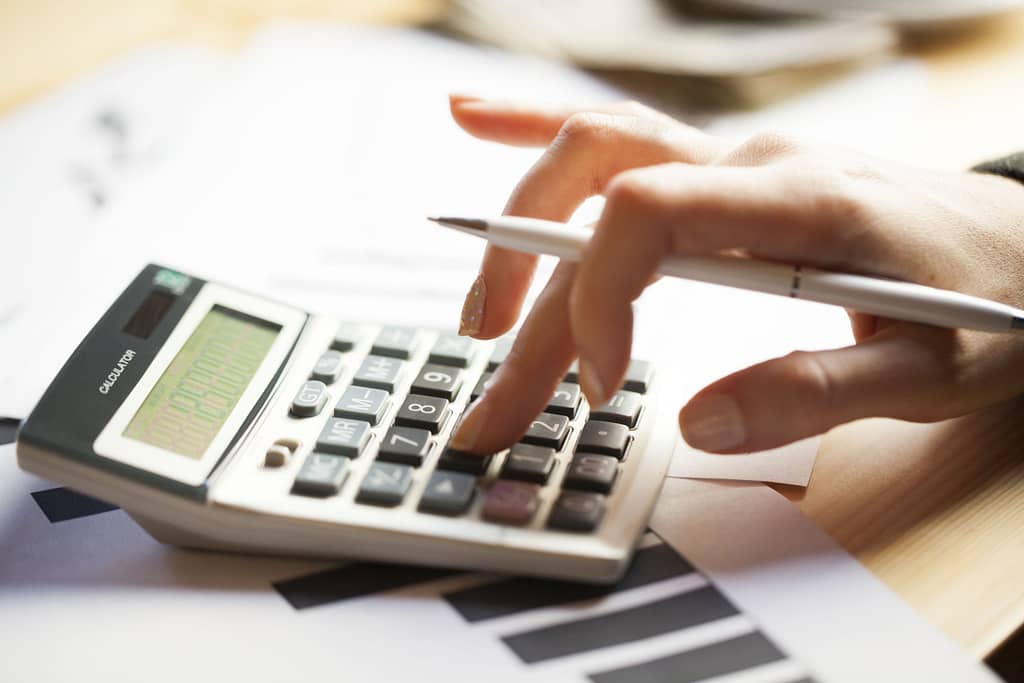How to Find More Tax Deductions – Best Tips for 2020
How to Find More Tax Deductions

The race for deductions becomes more frantic as tax filing season deepens. Efforts to offset income with allowable income tax deductions become serious when the number of earnings, dividends, and other income sources is totaled. The best time to look for tax deductions is while you are passing through the prior year. It is never too late to take a second look to locate additional deductions before you file your return.
Read the instruction book for your tax forms.
This often-overlooked way to find deductions can offer many directions to search for additional subtractions to your income. As a part of the explanations for each line of each form, the IRS furnishes examples of the types of deductions that can be taken. You may need to use these as hints to guide you to your specific deductions.
Consult with other people in a similar position as yours.
Other people may have a different perspective. You can take advantage of this to pick their brains for the types of deductions that they are using. Be careful with this method. Some people believe the best way to test deductions is to put them on the form and see if the IRS says no. Look for other forms of confirmation of deduction ideas borrowed from your peers.
Mine your lifestyle.
Take a look at how you live. You may be overlooking business-related deductions. This can be true even if you are not self-employed. Unreimbursed employee expenses can often be deducted from your taxes on as additional personal deductions on Schedule A of 1040.
You may have activities that could qualify as a business.
This would open up a whole new possibility for business deductions. Of course, you would have to file Schedule C and claim any self-employed income to take advantage of these deductions.
Keep better track of house, health, and personal expenses.
As you become more aware of what types of expenses qualify as deductions, your receipts gain in value. Keeping good track of your expenses gives you the ability to go backward when you start to search for extra deductions during tax season. The real big issue here is to keep up with your home improvements so that you can reduce potential capital gains when you sell it.
Look at charitable gifts and special purchases for home upgrades.
Most charities are tax-exempt 501(c3) organizations. This means that almost any donation that you make to them can be considered a tax deduction up to certain limits that are outlined in the tax preparation booklet. If you itemize, these will be good resources for allowable deductions. Make sure that you have receipts that specify that no goods or services were received in exchange for your donations.
The government gives tax incentives for certain types of home improvements.
These deductions change from year to year. You will need to do the research to find out if upgrading your furnace, water heater, insulation, or making other energy-efficient changes to your home offer you a tax deduction. This type of deduction is often a direct tax reduction rather than a true deduction. The outcome of paying fewer taxes is the same.
